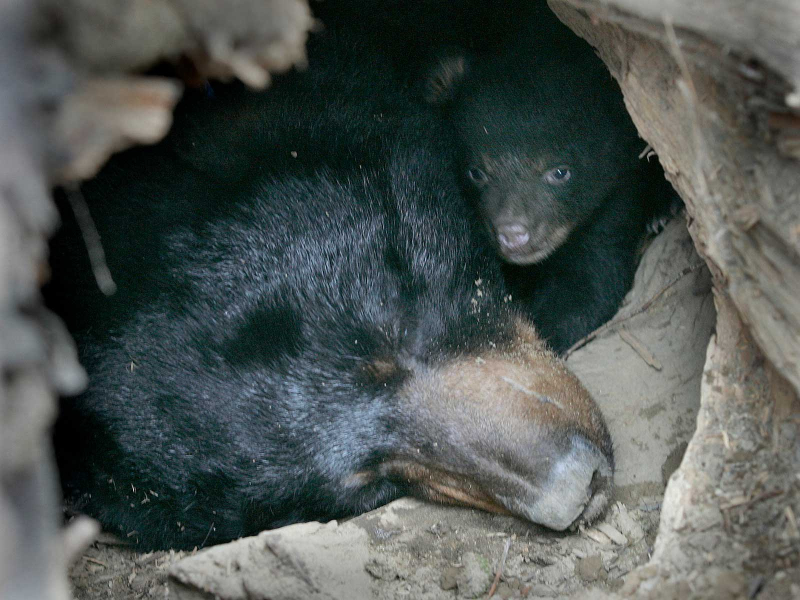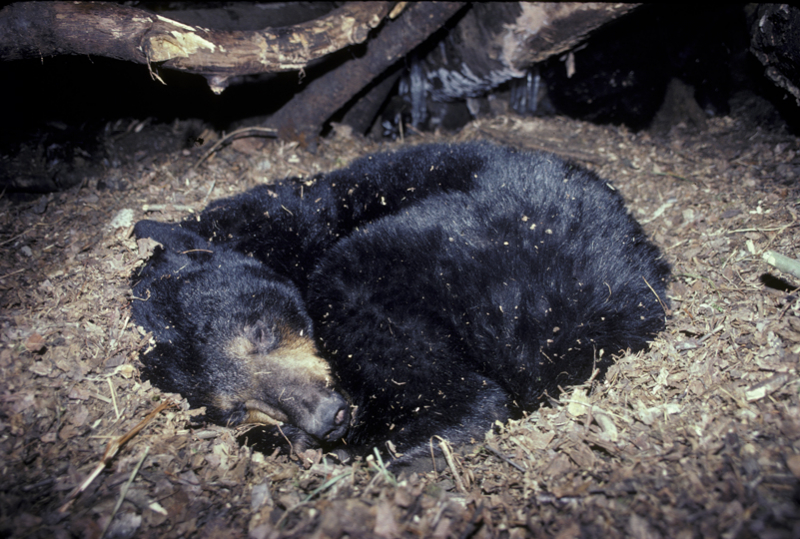Bears

The Ursidae family of carnivorous animals includes Bears. Even though there are only eight species of bears left in the world, they are widely distributed and may be found in a variety of environments in the Northern Hemisphere and to some extent in the Southern Hemisphere. The continents of North America, South America, Europe, and Asia all have bear populations. Large bodies with stocky legs, long snouts, small, rounded ears, shaggy hair, plantigrade paws with five nonretractile claws, and short tails are common traits of contemporary bears.
Only the American Black Bear, Asiatic Black Bear, Brown Bear, and Polar Bear are hibernators. These hairy creatures don't actually hibernate because they can still wake up at any time and only experience a slight reduction in body temperature. In fact, a mother bear will give birth to her cubs while she is hibernating. The bears' heartbeat will slow down like true hibernators, and they may go for extended periods of time without eating. A black bear can go up to 100 days without eating or drinking while hibernating, and its heart rate can plummet from 40–50 to 8 beats per minute.











